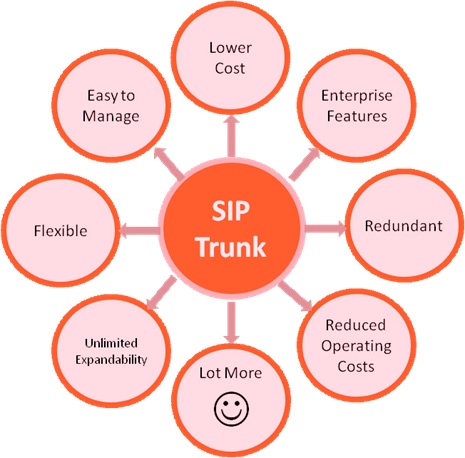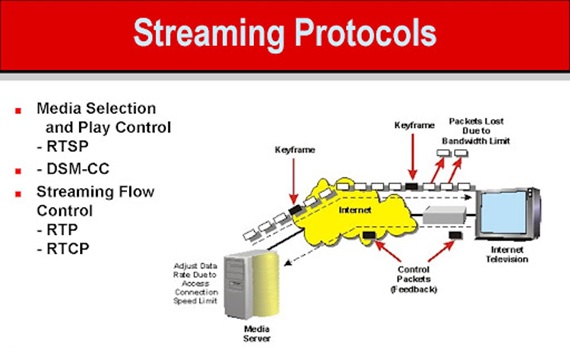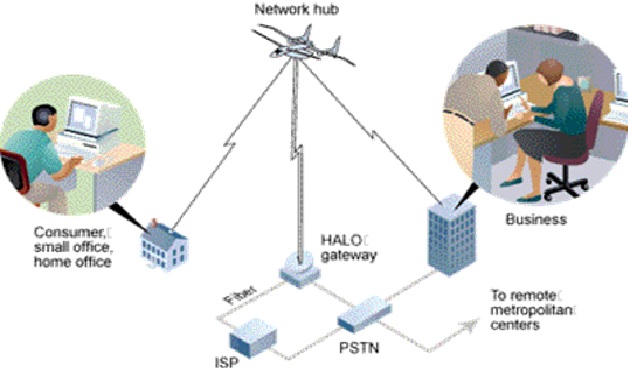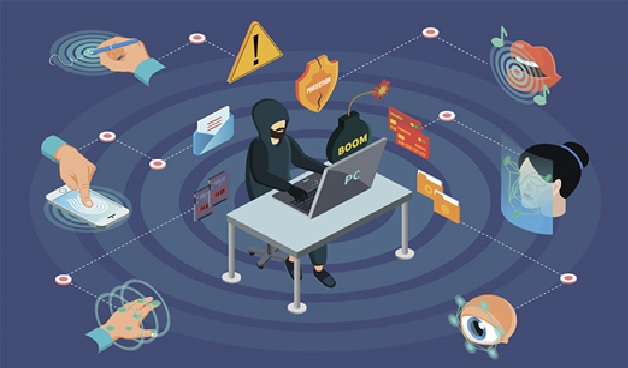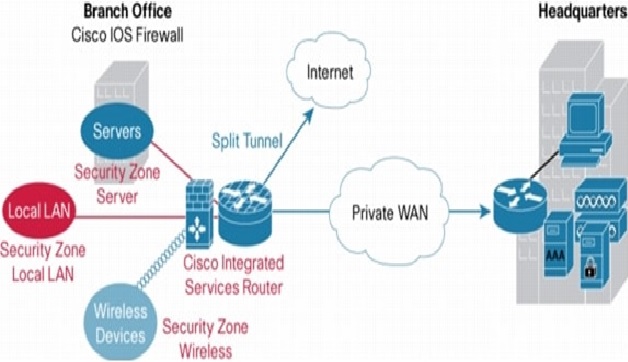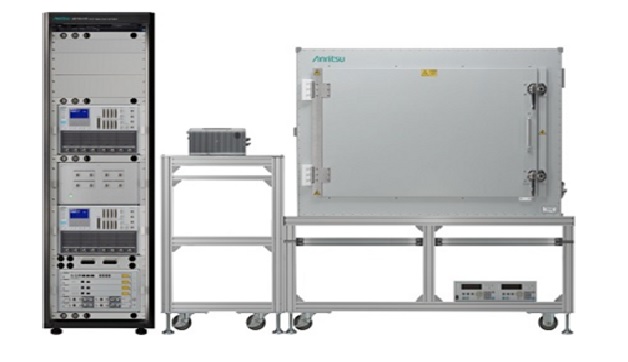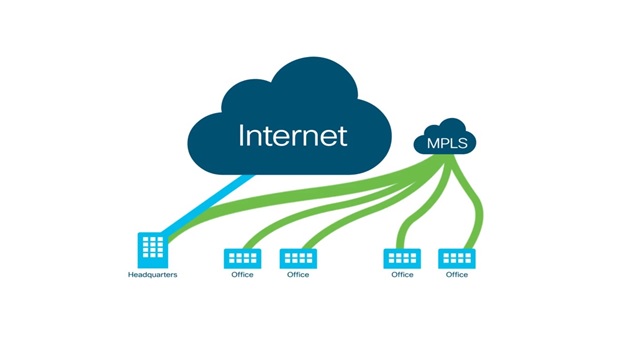Wireless in Healthcare System
Healthcare is one of the major applications of wireless systems that possess crucial issues. Specifically developing countries require a low cost and reliable network with efficient protocols. The most challenging concern of Body Area Network (BAN) is heterogeneity, which requires fairness with reliability among all the network nodes. Solutions proposed for these networks either do not provide fair packet transmission or consume high energy and introduce delays. In this paper, we propose a cross layer protocol for healthcare applications meeting the requirements and challenges of the heterogeneous BAN.[1]
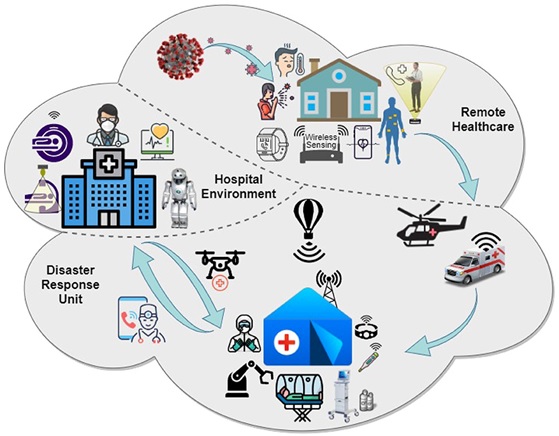
Figure 1. The wireless in healthcare system
Figure 1 shows Wireless technology offers significant convenience and accessibly with the use of sophisticated devices capable of detect, monitor and feedback to designated personnel in real-time.
1. Smart Sensor Technology
The most important stage of any treatment is the proper diagnosis of the medical conditions. Advanced semiconductor technology is capable of producing miniature sized smart sensors for any specific applications.
Tiny sensors embedded with integrated chips can sense specific medical conditions and transmit the information wirelessly to receiving device and then to a central database.
2. Wearable devices
Wearable technology is one of the most popular technology advancement in this decade. Daily activities, sleeping patterns, heart rate and movement tracking are possible with our wearable technology today.
One of the great advantage of these smart devices is its ability connect to our smart phone. Specially designed apps can do lot more tasks using collected information using wearables.
3. Smart tags and smart cards
Many hospitals have already been using smart tags to track patient records, data entry, location tracking etc… Smart health cards can replace any hardcopy test results, medical records and it offers better convenience for accessibility.
Doctors can retrieve information about a patient by just tapping the smart card without any delay. Overall efficiency and accuracy of the system can be improved using smart tags.[2]
Wireless Communications for Future Hospitals
As discussed, wireless communications are essential for the HoF as flexible and scalable connectivity is necessary to interconnect all the stakeholders inside and outside the premises. Other important characteristics for the wireless network include data throughput, reliability, latency, security and privacy, cost-efficiency and seamless integration. How stringent are these performance figures depends on the type of scenario and particular application considered. Generally, a hospital contains number of communication devices where the electronic health records, real-time sensor data and other important information flows among those. Radio is today the de facto technology for wireless networking and radio-based wireless networks are exclusively used in hospitals to transmit wirelessly information. Radio communications is a well-developed technology, flexible, inexpensive and widely standardized. Two major approaches are used, namely centralized cellular-type of networks to provide wide area coverage, as well as short-range communications, providing connectivity over short distances, typically shorter than few hundred meters.[3]
References:
- https://www.sciencedirect.com/science/article/pii/S2352864815000590
- https://www.rfpage.com/how-wireless-technology-used-medicine-healthcare/
- https://link.springer.com/article/10.1007/s10776-019-00468-1
Cite this article:
Thanusri swetha J (2021), Wireless in Healthcare System, AnaTechNaz, pp. 36


